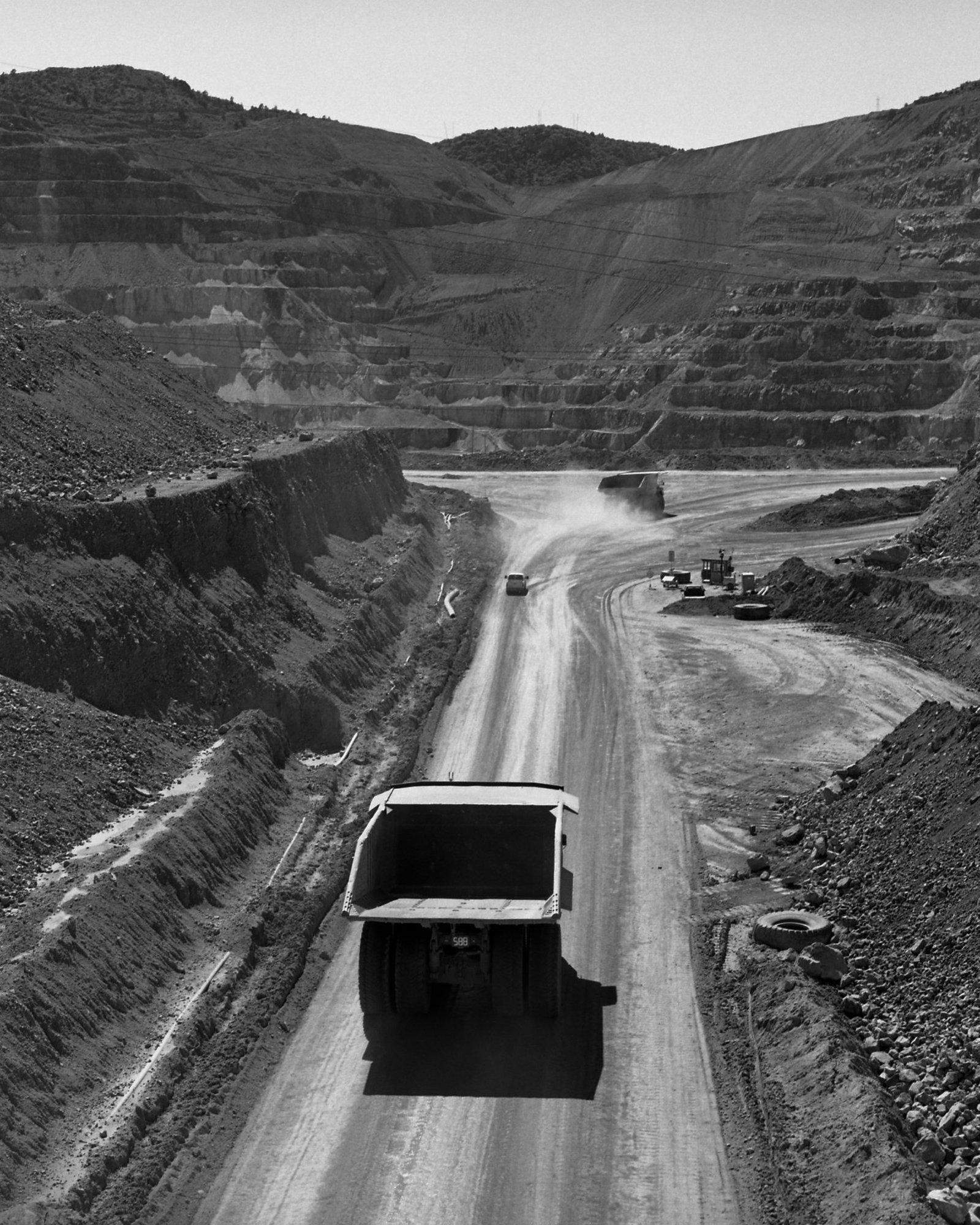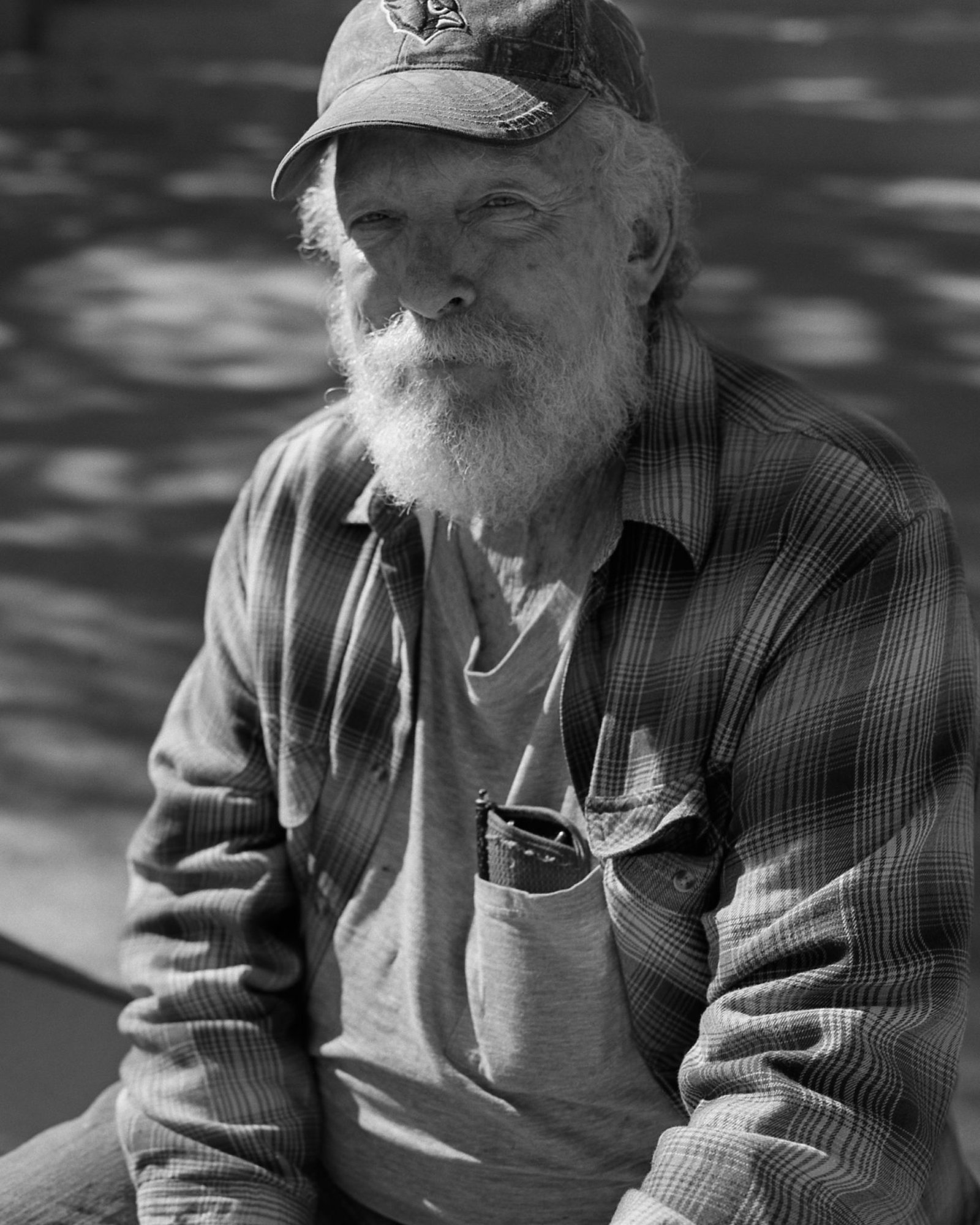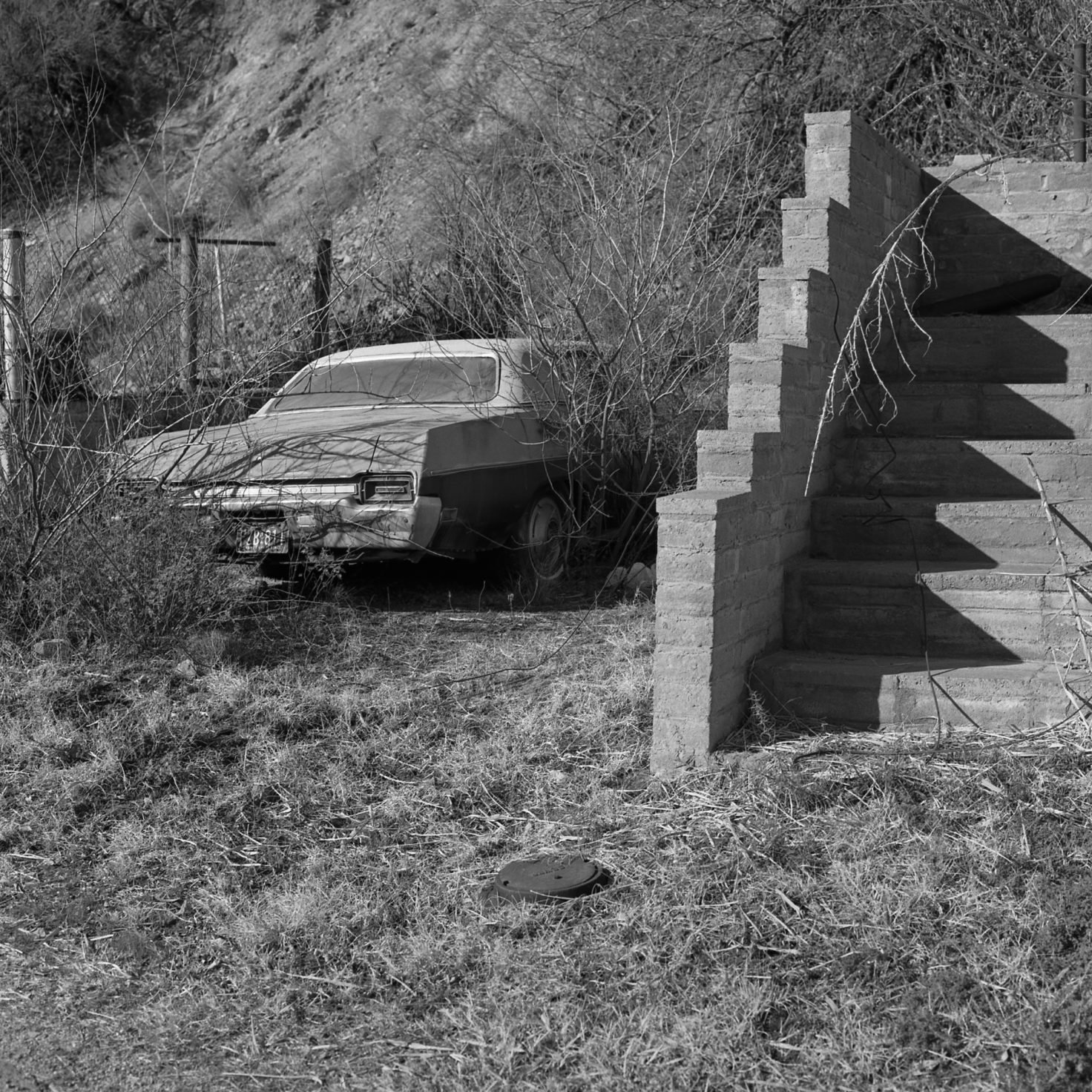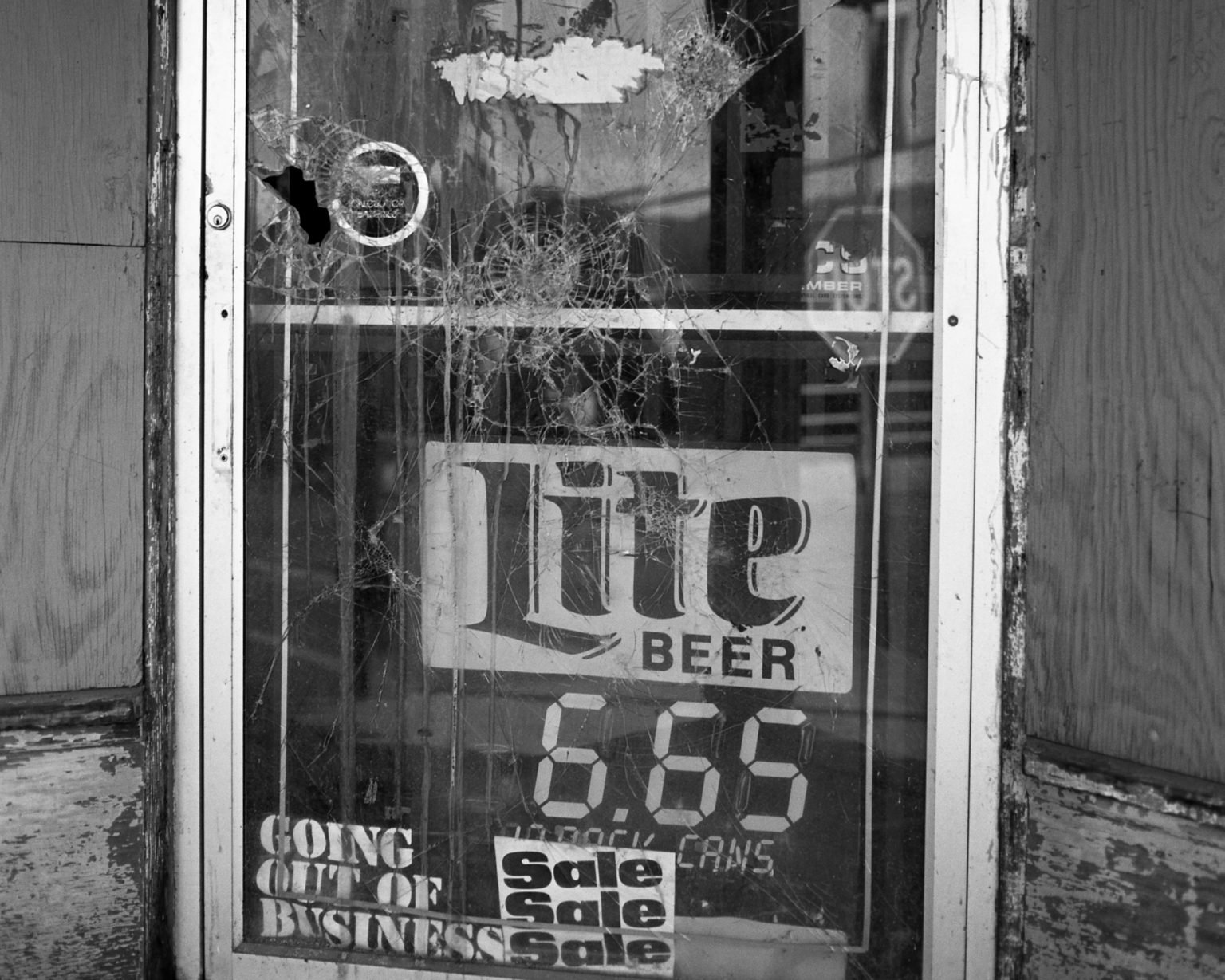“Dusted” is a mining term, used when a miner dies from inhaling the silica dust that comes off the rocks in the process of drilling. This term was given to Sommer by the curator of the Queen Mine Museum in Bisbee, Arizona who used it to describe the conditions of mining in the 1800s.
Travelling the breadth of Southwestern United States, through the deserts of Arizona, Nevada and California, you’ll find numerous ex-mining towns that have fallen victim to decline. Many of these towns started through the expansion of Manifest Destiny, to the West where between 100,000 and 500,000 separate mining town sites were created and subsequently abandoned since they stopped yielding minerals.
Seeing and developing an understanding with the history and effects of mining, Sommer speaks about what initially fuelled the series, “Witnessing this destructive mining possesses first hand, I wanted to challenge the mining industry across America, by showing the people that make up these forlorn towns and shed light on the toxic landscape that has been left behind after mining is done.” By utilising historical writings and books like “Building a State in Apache Land” by Charles D. Posten; Sommer seeks to understand the beginning of mining in the West as he experiences the effects of the end.
Sommers early education was shaped by the history of mining. Growing up 20 miles away from where the California Gold Rush started at Sutter’s Mill, this divisive education led to questions rather than answers for Sommer.
With the initial boom of 300,000 people migrating to California when gold was first discovered, these gains led to an eventual flood of people migrating to the West. Where there was gold, there was also a fortune to be made from selling food, clothing and tools. As more people came from the east, and more states were created from the economies of these townships. Metal mining became a staple industry throughout the west, with many people creating highly fruitful lives off the back of it.
Today, the many towns that didn’t survive the gold rush and the subsequent century of mine closures are left as ghost towns. However, where some towns turn to dust, many were appropriated by the tourist communities, that glamorise the narrative of the West with their Hollywood depictions of the trials that persist to this day within mining communities. Sommer states, “Where the failures of the past are pushed away or outright forgotten, the glamorised narrative of the successes fuelled this destructive industry. The stories about how the west was won and how people have capitalised off the land have perpetuated this industry’s cyclical process of harm both to their people and the land.”







